CN7026 Cloud Computing Assignment Sample
Introduction
The Smart Metering System based on cloud platform is used to monitor the energy usage and send these details to the energy provider. The user can also know about their energy consumption and then they try to reduce energy usage. The energy provider will use these details for determining the demand of the energy and plan the energy harvesting.
The user vehicle will have a smart metering system which monitor the energy usage and send the energy consumption details to the server. The server analyse the gathered details for energy consumption and produce report about the level of energy consumed and plan for the energy demand.
AI. Project plan
After the project proposal has been accepted, the next step is to create project plan. The project plan deals with set tasks assigned to each project member. This step creates scope, cost and schedule plan. The project planning process takes place with the following components.
Creating list of tasks
In this step, set of tasks are defined for completing this project. These tasks are assigned to the members of the project team and the resources needed for the tasks are also allocated. The tasks are also prioritized based on the importance of task.
Task Schedule
After identifying the tasks, the next step is to find the time duration for completing each task. Then a task schedule will be created based on the duration of each task and with any experience on past project schedules.
Finding Task Dependency
Next step is to find the dependency among the tasks since all the tasks are not separate. The initiation of a task requires the completion of another task. So it is important to find such dependencies and schedule the tasks accordingly.
Resource plan
The next step is to allocate resources for each task because for performing tasks, resources are needed. The resources may be a person, hardware or software (PROJECT MANAGER, 2020).
The milestone of the project can be defines the project development phases of the project. It is used to measure the progress of the project. The milestones of this cloud based system can be given as follows.
Planning and Assessment
This phase include assessment of resources needed to deploy the application in the cloud platform. This phase also decides the data centre suitable for the application.
Designing
After selecting the cloud platform, cloud model and the data centre, the next step is to design cloud architecture with the chosen cloud platforms, resources and the data centre.
Pilot Testing
Before deploying the application into the cloud, the cloud architecture can be subjected for pilot testing to check whether the application perform its desired operation on the cloud platform.
Full Scale Commissioning
This is the last step in cloud deployment where the database and the applications are monitored and tested in depth without involving the business activities (bluepi, 2020).
III. Cloud Architecture solution and Implementation
1. Requirements Gathering
This is the way of collecting the requirements such as technical and business requirements from the stakeholders of the project. Then these requirements can be created as a requirement definition document. There are two types of requirement namely functional and non functional requirements.
The functional requirement describes what the application will do. The non functional requirement describes how the application should do the tasks. The non functional requirements basically define the behaviour and characteristic of the system (qracorp, 2019).
The functional requirements of the project are given below.
User Account Creation
This module is used to create different user profiles that can use this system. This can be done by registering the user details into the system.
Energy Consumption
Using this function, a customer or user can view the energy consumption details. The user can view the energy consumed between particular dates or in one month or one week.
Energy Saving Plan
Using this function, the customer can get the effective plan for saving the energy. The user gets a detailed report of how to utilize the energy wisely.
Energy payment bill
Using this function, the customer can pay the energy consumption bills. The bill payment can be made using any mode of payment.
Energy Provider
This function is used by the energy provider to get the details about the energy consumed by each customers and can give discounts for the customers who utilized the energy resources efficiently.
The non functional requirements are used to measure the characteristics of the functions specified in the functional requirements. The functional requirements of this project are given below.
Security: This defines the ability of the system to counteract against the security attacks.
Usability: This defines the ability of the system to be used in any device and can be used by the user with any level of technical expertise.
Performance: This defines the efficiency of the system.
Reliability:
This defines the ability of the system to get into failure. And recovery from the failure.
2. Choice of type of cloud platform
The selection of cloud resources, cloud computing model and cloud platform are important process in implementing a cloud based application. The resources may be chosen based on the requirement of the application. The cloud platform such as public, private or hybrid cloud can be chosen based on the application needs. This smart metering application needs an IaaS service for deploying into the cloud platform. There are many cloud providers offer cloud platforms, they are
- Google Cloud
- Microsoft Azure
- Amazon Web Services
- com
- Cisco cloud
- Alibaba cloud
The cloud platform chosen here is Microsoft Azure cloud platform because applications can be deployed in the windows server with high availability. It is also compatible with existing Microsoft applications.
3. Choice of data centre and standards
The data centre can be chosen based on the business requirements. The demand for power, the density of server racks, redundant components and security are the factors for deciding a data centre. There four categories of data centre namely Tier1, Tier2, Tier3 and Tier4. This categorization is made based on the redundant components and the complex resources. The data centre chosen here is data centre Tier3 which has more redundant components with less downtime than Tier1 and Tier2.
4. Cloud System Architecture developed to solve the problem
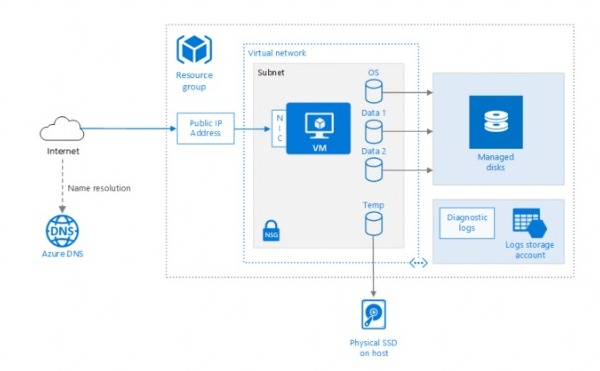
The above diagram shows the cloud architecture for smart metering system where the energy consumption at each host is collected and the energy report will be sent to the customer. The data are processes at the public cloud and the final data will be stored in the on-premise private cloud.
Microsoft Azure Cloud pricing
The below diagram shows the budget for cloud based application. The pricing shows the set of cloud resources used for application deployment. Then the monthly cost for using these resources.
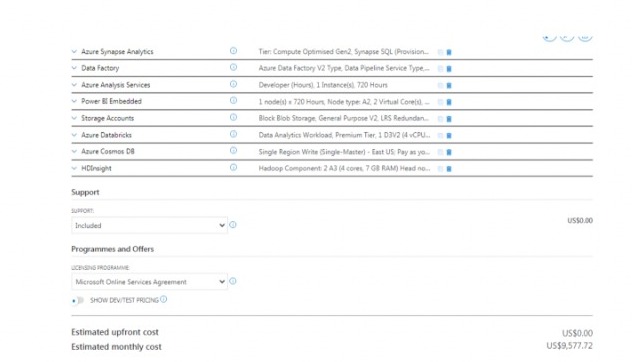
5. Implementation using any cloud platform
· Virtual Machine:
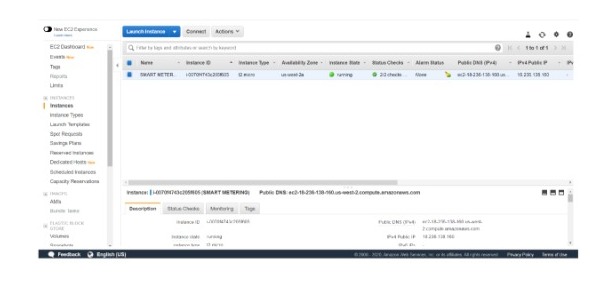
· Database:
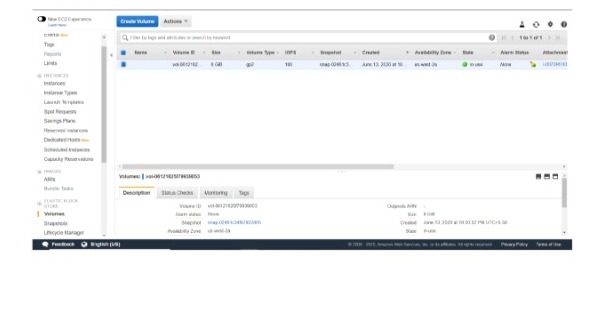
Screen shot:
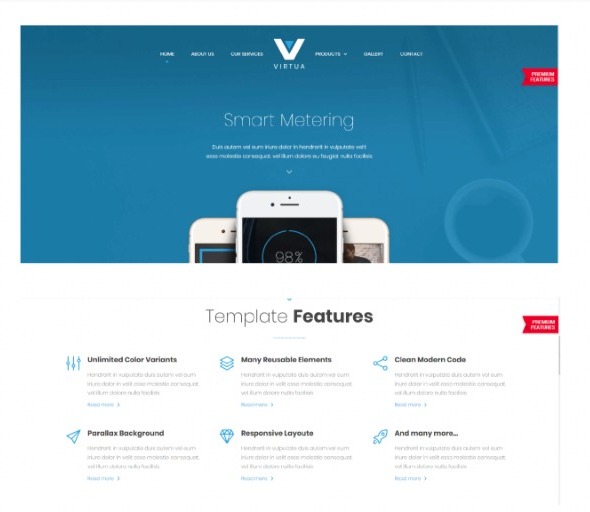
6. Analysis and Reflection
After deploying the application in cloud platform, the organization has to keep track of the usage of resources because they will pay based on the resource consumed. The provider should notify or keep informing the workload distribution among the resources. The provider should manage the workloads in order to provide the availability of the applications.
There should be a centralized system to monitor the workload if there is more resource consumption usage, the required resources should be provided to manage the workload peaks. The remote management and resource management services should be provided by the cloud platform.
IV. Conclusion
Thus the smart metering system using cloud platform has been implemented. This application can be used by the customers and energy providers. The invention of electric vehicles requires the usage of smart meters and the usage of electric energy should be informed to the user by installing the smart meter into the vehicle.
Thus the user vehicle will have a smart metering system which monitor the energy usage and send the energy consumption details to the server. The server analyse the collected data for energy consumption and create report about the level of energy consumed and plan for the energy saving. This system very much useful for the energy users and this in turn reduces the energy usage of the country. This preserved energy can be used for other industrial purposes.
References
bluepi. ,2020. Phases Of Cloud Migration. https://www.bluepiit.com/blog/phases-cloud-migration/ , 1-1.
PROJECT MANAGER., 2020. How to Create a Project Plan. https://www.projectmanager.com/academy/how-to-make-a-project-plan , 1-1.
qracorp. ,2019. Functional vs Non-Functional Requirements: The Definitive Guide. https://qracorp.com/functional-vs-non-functional-requirements/#:~:text=While%20functional%20requirements%20define%20what,the%20system%20should%20do%20it.&text=Non%2Dfunctional%20requirements%20define%20system,that%20affect%20the%20user%20experience. , 1-1.
24/7 Chat Support | Get A+ Grade | Written by Top-Notch Subject Experts | 20% Off 1st Order |
Know more about UniqueSubmission’s other writing services:

